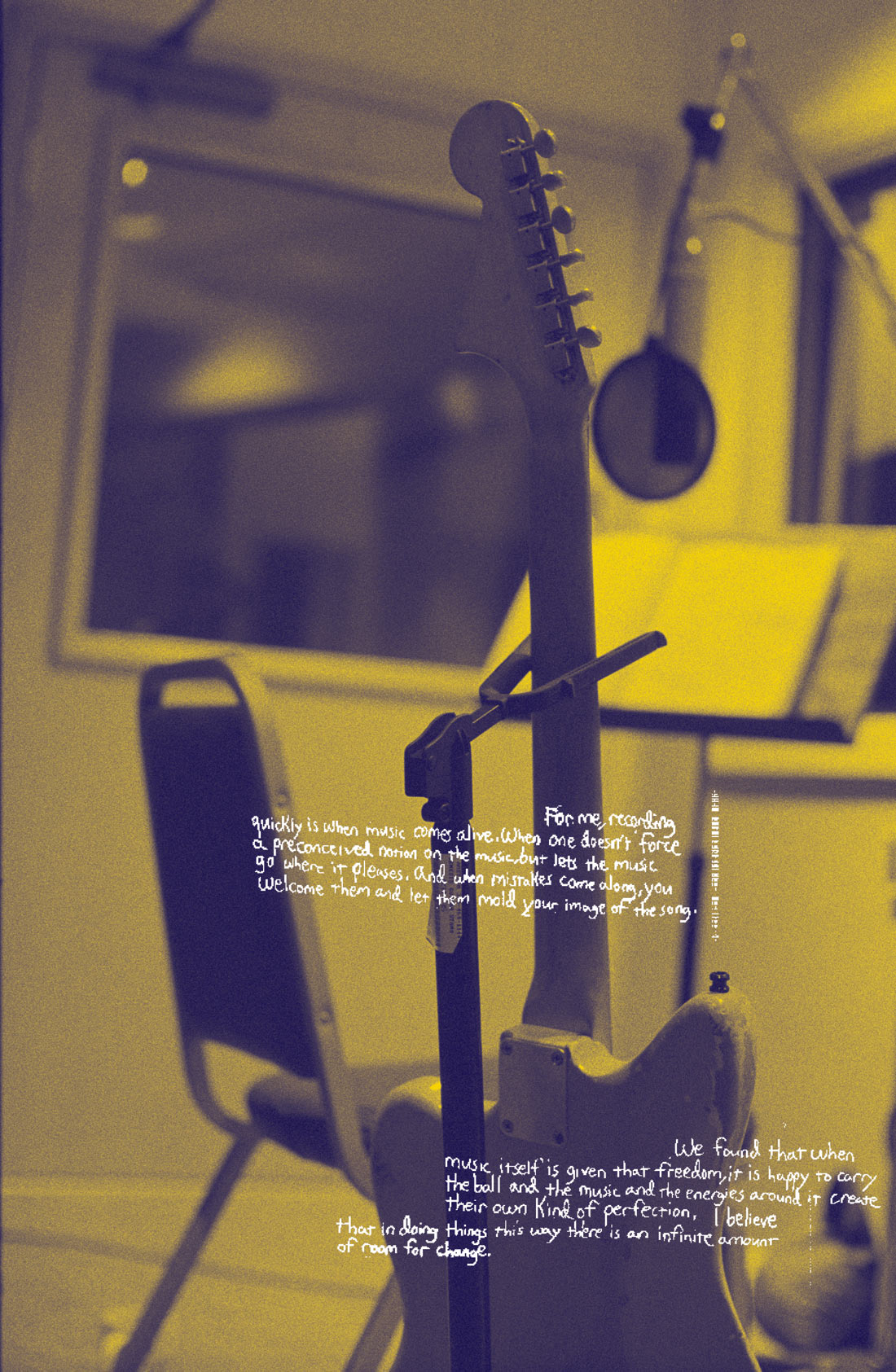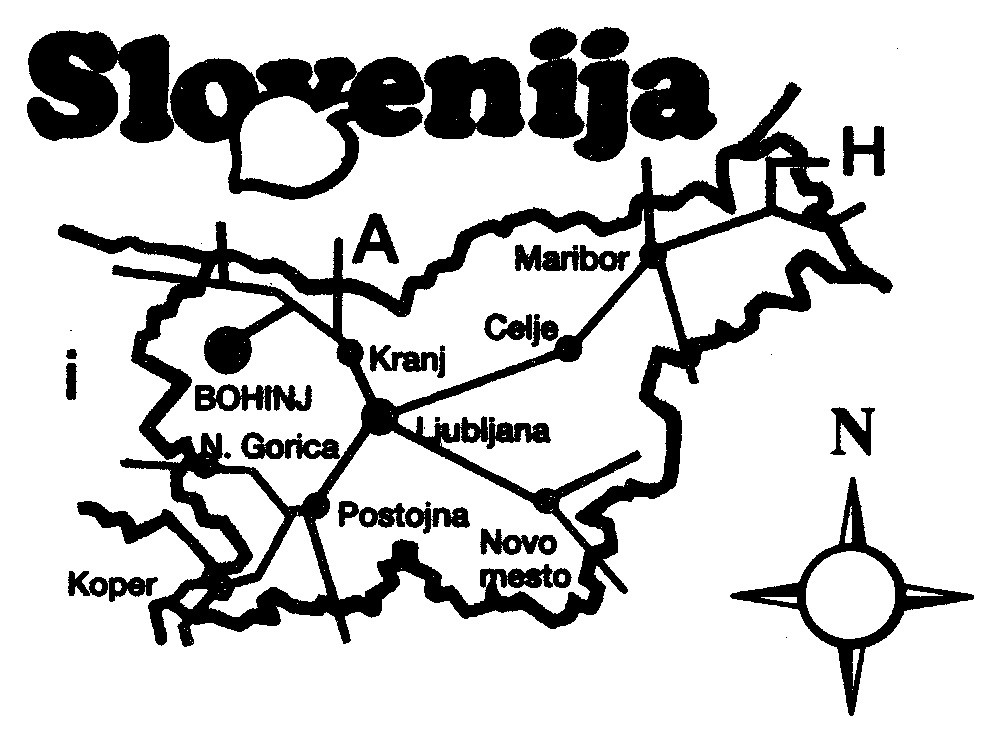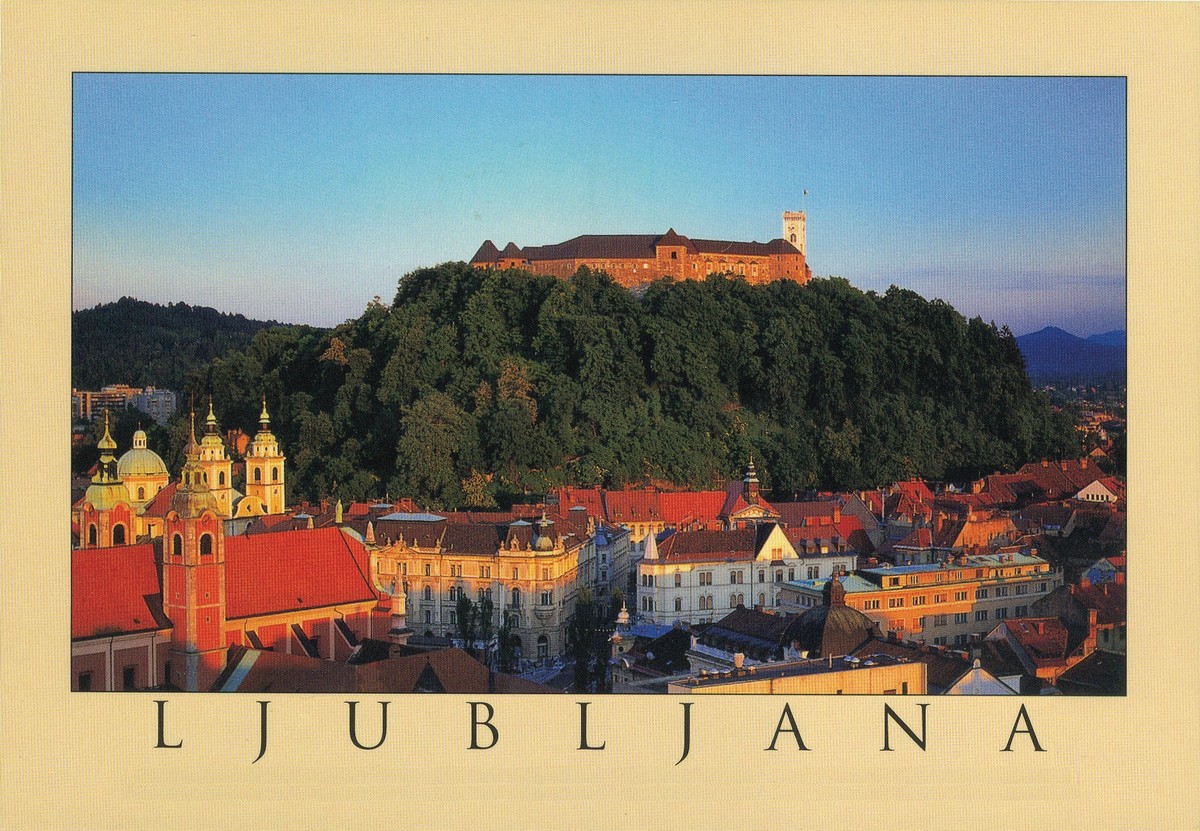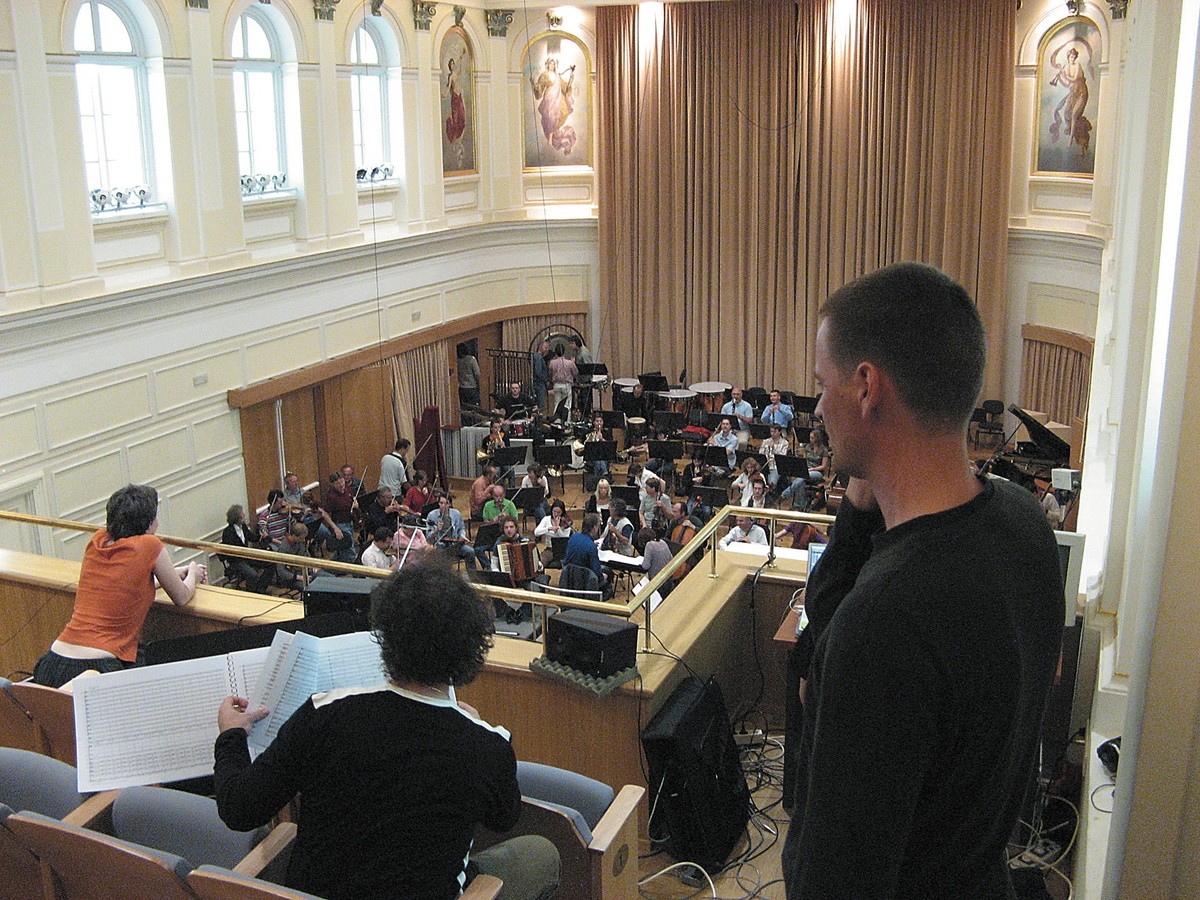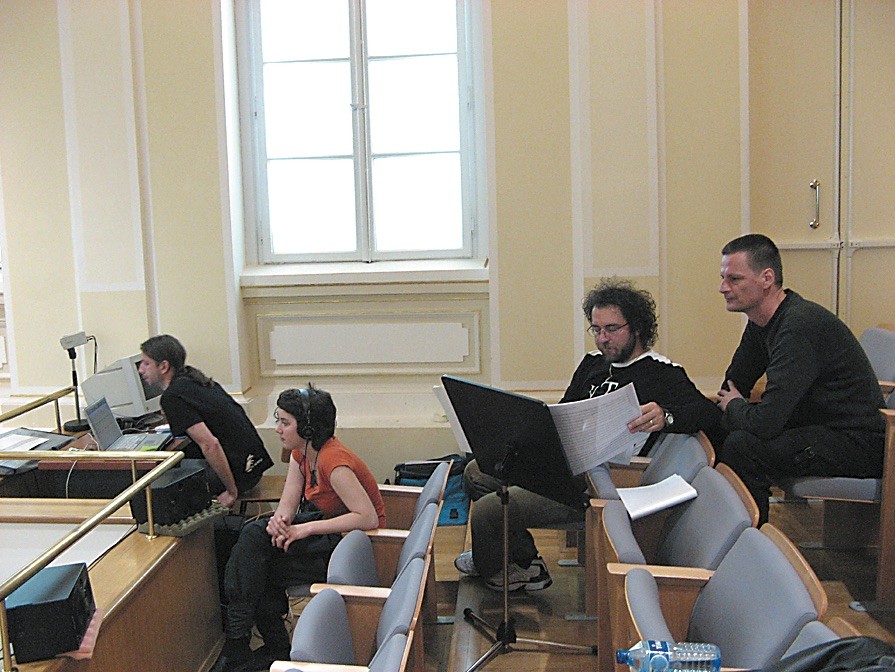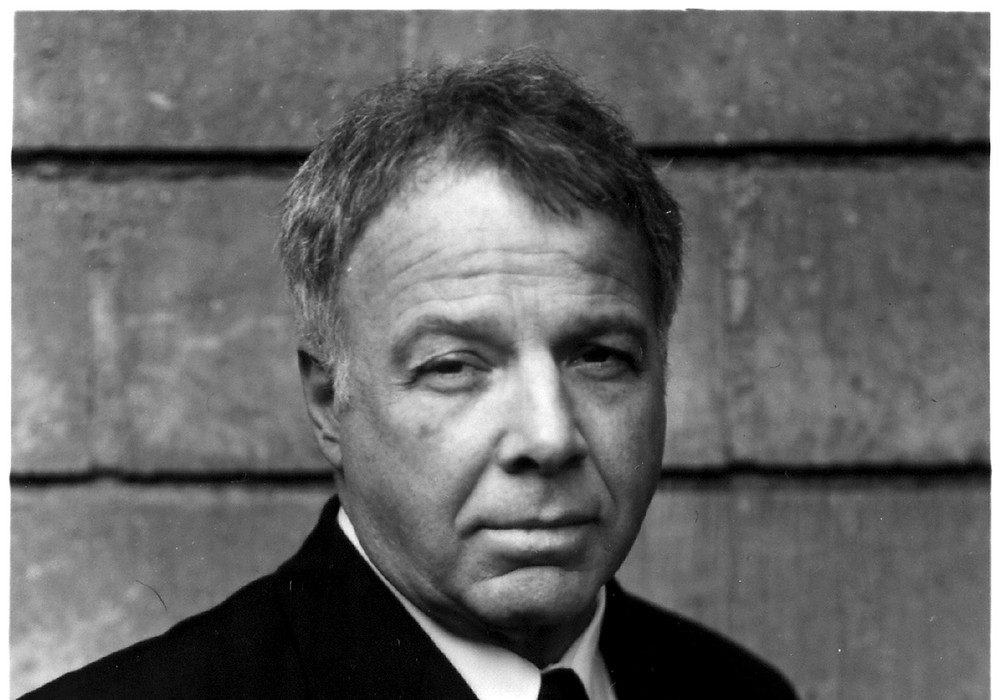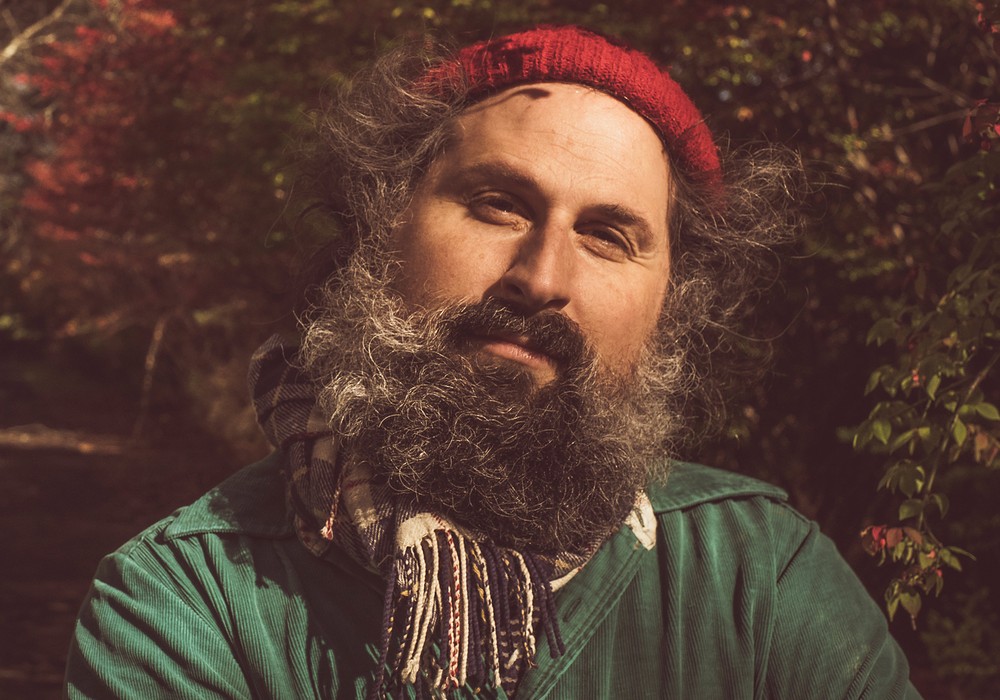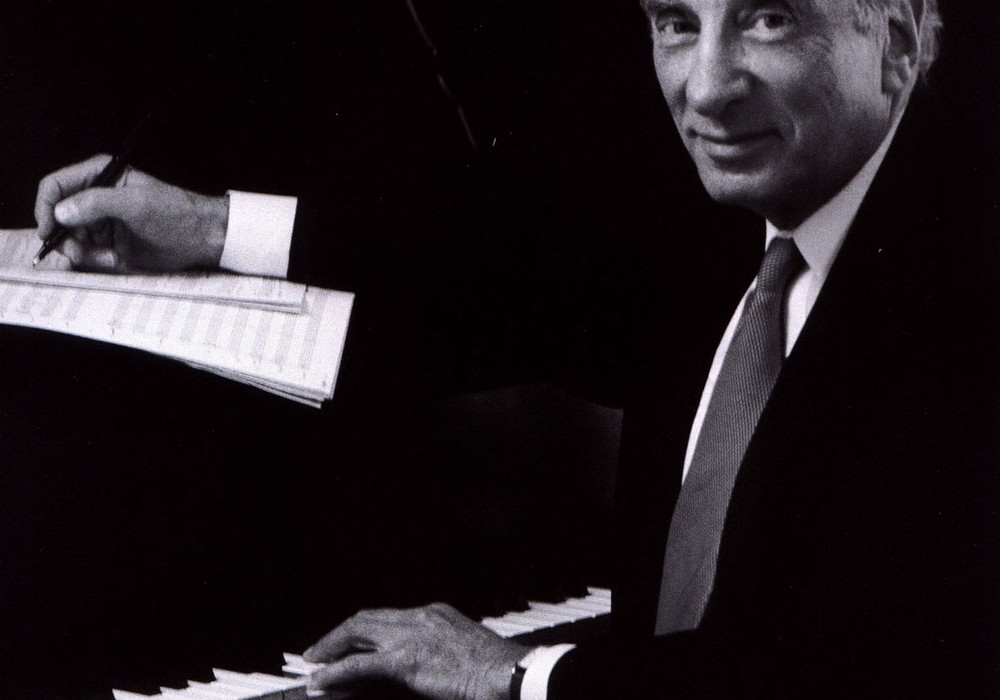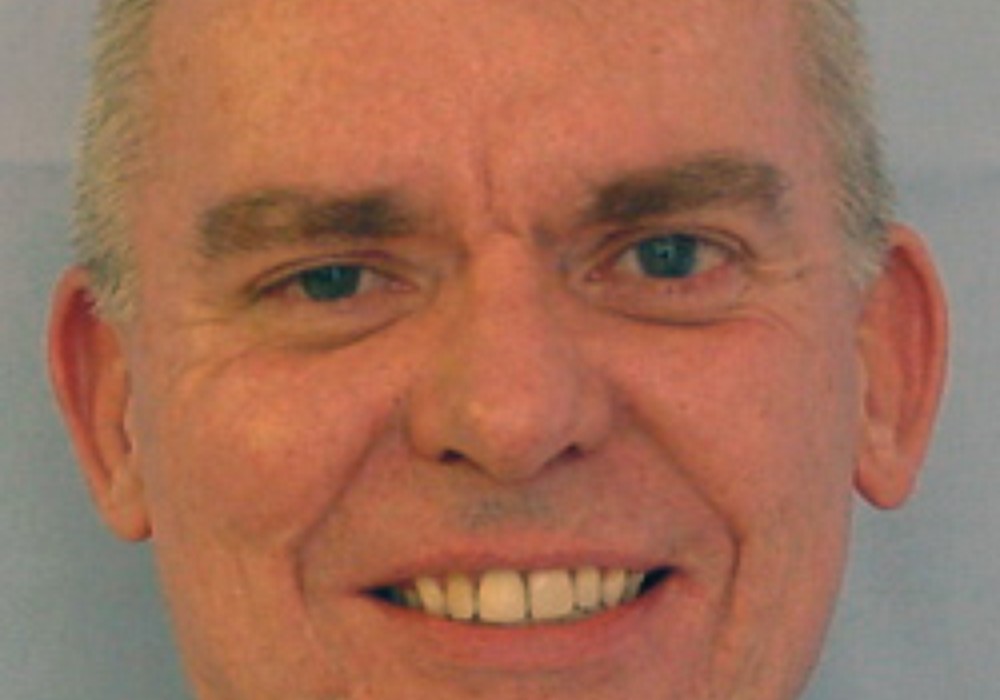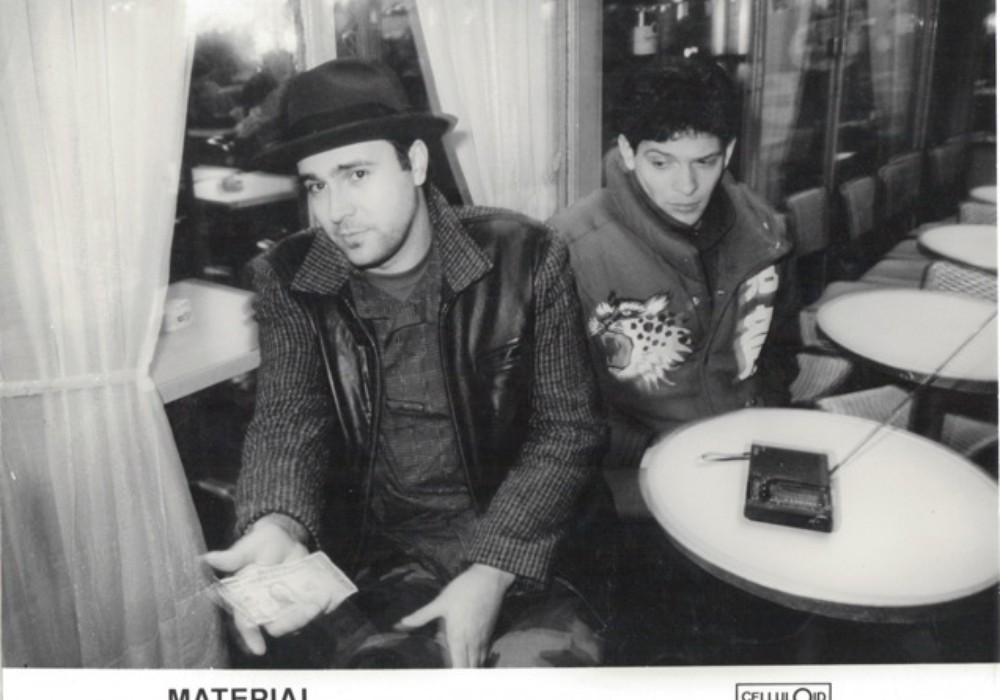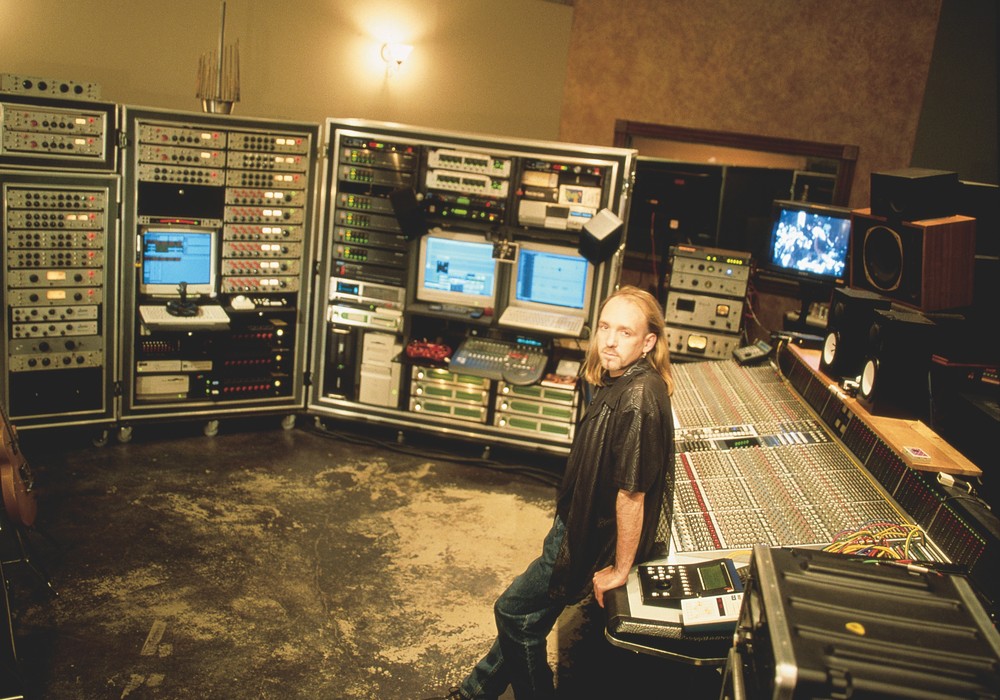When John and I first started making plans to attend the May 2007 AES Show in Vienna, Austria, we talked about taking advantage of cheap intra-Europe flights and touring other countries. Having been to Vienna before, I was looking forward to going elsewhere for a different dose of interesting food and culture. We threw around a bunch of ideas before finally settling on Slovenia, and in particular the capital city of Ljubljana. Larry didn't go, as he had to get back to his studio move, but Al, our new London-based, EU/UK publisher, was eager to tour with us.
For those of you who are geographically-challenged (that'd be 99% of us Americans — but then again, Al was unsure of Slovenia's location too!), The Republic of Slovenia is cradled in and below the Alps, bordering Italy, Croatia, Hungary, and Austria. It even has a short stretch of coastline along the Adriatic Sea. Historically, Slovenia was once part of the Roman Empire, but in recent times it was a region in the Socialist Federal Republic of Yugoslavia — along with Bosnia, Croatia, Serbia, and other now-independent states — before gaining independence in 1991.
I first heard about Slovenia from Robert Fisher, leader of the band Willard Grant Conspiracy. My label (Kimchee Records) had released a WGC album a few years ago, and an earlier WGC recording I'd engineered is what introduced me to mastering engineer Jeff Lipton (issue #34). Between Robert expounding not only the beauty of the country and its people, but also speaking highly of a particular recording studio in Ljubljana, and Jeff proudly lending me his rare ESE Lab 2176ULN compressor, designed by the same folks who owned the same Ljubljana recording studio, Slovenia was high on my list of interesting destinations in Europe. Plus, being "off the beaten track" I figured it'd be the perfect place to go after spending a few days in tourist-ridden Vienna.
Robert and Larry both suggested that we hang out with Chris Eckman of The Walkabouts, who now makes his home in Ljubljana. Robert connected me with Peter Gruden, co-owner of Studio Metro, where both Robert and Chris have spent a good deal of time recording. There's no question that Metro is one of the premier studios in Slovenia, and its credits attest to its modest but far-reaching reputation throughout Europe.
Over various emails, Peter also arranged for us to meet with Ljubljana-based producer/engineers Janez Križaj and Gregor Zemlji. Janez is probably best known in the U.S. for his work with Laibach, who in turn are probably the most recognized musical export of Slovenia in the rock/pop world. Gregor is a founding member of the internationally-acclaimed, underground-electronica duo, Random Logic. Admittedly, my expertise in international music is limited at best (despite all the traveling I do), but I did recognize the names of a number of the artists in Janez and Gregor's long and varied discographies, including Una Palliser of the UK string quartet Siren (who toured with Gnarls Barkley last year). More importantly, both Janez and Gregor had a wealth of insight and experience to share about creative recording methods.
John, Al and I met up with Janez on a Wednesday morning at the Philharmonic, just a five minute walk from our hotel, where he was recording a small orchestra with a spaced pair of mics through Apogee converters into Pro Tools. We watched the session from the balcony, and during a break we sat outside across the street from the hall and had a cup of coffee.
AH: Did you get your start recording classical music?
JK: No, just rock and pop mostly. Mostly punk rock and lots of jazz. I was in a band. I'm of this new breed of engineers: they were calling me for keyboard and drum programming. The Yamaha DX7 was my first, and it brought me the most jobs. No keyboard player knew how to change even the release time — you know, with six operators and the explanation deep in the manual. It was like, "Can you make the release on these strings longer?" And drum machines — we had at first the Roland TR-808, and then the Yamaha RX11. These were my first jobs. Then I just started playing around with the tape machine.
How did you get involved with the Filharmonija?
This one is the best orchestra in the country. I got the job because the National Radio usually records this session and there are 24 mics in the orchestra. You can mix and stuff, but the sound is just not the sound of an orchestra. It just gets muddied with too many mics — phasing problems. You have a lot of control — you can lift up cellos, whatever — but the sound is not the right one.
Is that a 63-piece orchestra you're working with today?
Yes, I believe so. With five percussion players for this piece.
I noticed that the space is fairly dry sounding.
Too short and too small for this size. This should be a 20 to 25-piece orchestra for this space.
Will you add artificial reverb to make it sound bigger?
Just longer. Not louder. Because the reverb itself is pretty strong — but short — like wooof wooof. Like one big kitchen. I'll be adding a tail — a couple of seconds long and very long pre-delay — not to change the perception of the hall, but just to make the breaks longer so they are not so dry.
How do you work with the fact that there's a short pre-delay already but not a lot of diffusion coming from the hall picked up by your mics, and then you also add additional reverb? It's like two different spaces.
We're happy that brains are not perfect and can be fooled easily. Especially if you come from the stance of physics — soundfields and theory — there are so many things we're doing wrong completely. But they work.
JB: Do you use a convolution reverb?
Last time I used a Lexicon 480 and a Quantec [QRS]. The Quantec is unbelievable. Also, there are two beautiful EMT 140 plates at Metro with vacuum tubes. In the end they will be really, really quiet — just slide them under.
Will you also master it at Metro?
I'll do all the mastering at Metro. It's the best-equipped studio in Ljubljana.
Do they have a separate mastering room?
No, in the same room.
It's just one process?
Yeah. It's not much mixing because it's stereo mics.
So you just add reverb? What about compression and limiting and EQ?
I do all parallel processing, like adding top end but not sending the whole signal through. Just record the EQs back to the workstation and add these tracks in slightly. At Metro it's mainly Manley Massive Passive. You just slam it — 10 kHz on up. Then a Summit Audio [EQP200A], which has a little bit less distortion than the Manley, and slam this, also like 10 kHz on up. And Night Technologies [EQ3D], which is the most precise. Then I mix together in parallel all three and record a mix of all three EQs back to the workstation. Then I add this layer to the original, so the original is untouched. The same with compressors — multiband or just mix compression — just to lift up the quiet parts.
Do you find that you hear any phasing from adding the Massive Passive to the original signal in parallel?
No, but you have...
